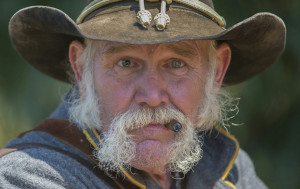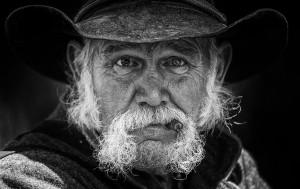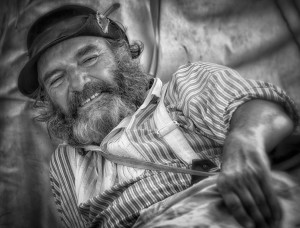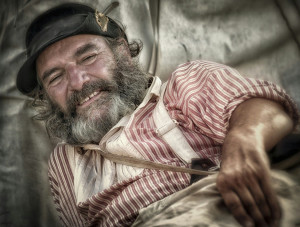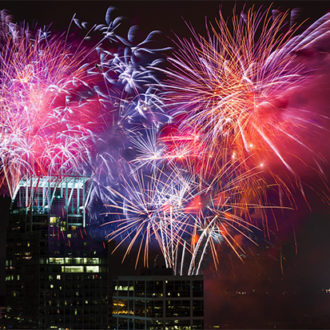Color or Black and White?

I have written about this in the past, but it is a great subject to revisit. Steve Gustafson helps to give you food for thought on when to make and image black and white.
I have to say the one question that I am asked more than any other is whether someone should display a photograph in color or black and white. What photographer can honestly say they have not struggled when facing this decision. In desperation you post the images on Facebook or ask fellow photographers only to find that half choose color and half choose the black and white.
Let me say on the outset that there is no definitive solution and that is the beauty of art. The images in example 1 are a perfect illustration. I still haven’t decided which one I like best.
Example 1
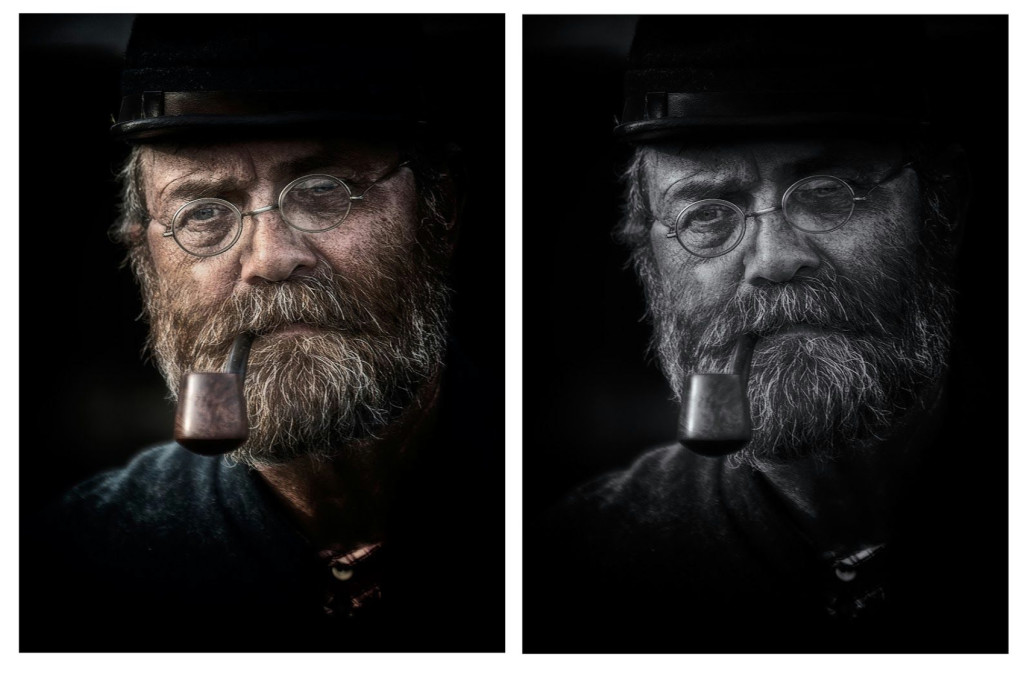
Art is subjective and images mean different things to different people. (The subject of another blog post) However, we must always come back to the question of what we are attempting to express to a viewer. I know I keep harping on this but it is terribly important. I am not saying that we shouldn’t simply trust our feelings on occasion but for images to consistently communicate we must learn to express our emotions. You have to take time to identify that emotion or you won’t be able to express it. Once you decide an intended expression, the next step is to separate elements in the photograph into two categories. These categories are form and ornament.
Form is simply a three dimensional shape and a shape is an enclosed space defined by boundaries made up of lines, colors, textures, etc. The physical make-up of the object.
Ornament is a decoration or embellishment such as color, texture, or hue that increase the visual presence of an object. It excites the senses and attracts the eye. A good example would be a Christmas tree. The form is the shape of the tree itself while the ornament would be the lights. tinsel, and decorations that are placed on the tree.
Once we have these elements clearly defined in our mind, we have the clues to help us make our decision. If the shape or form has enough power to clearly express the subject without need of ornament, the image is a great candidate for black and white. If the ornament distracts from the expression of the form then the image should definitely be rendered black and white.
In contrast, if the ornament aids your expression, then the image will probably work better in color. In this case the color will actually tell the viewer something otherwise unknown about the subject. In our earlier example, a photograph of a bare tree could convey a lot of different ideas from nature, ecology etc… However, once ornaments are placed on the tree it is easily identified as a Christmas tree. The ornamentation helps tell the story… therefore color would be important.
Lets look at an example. The first image is an actor in a Civil War re enactment. My intended expression was the stare of the man with the stubby cigar in the corner of his mouth. I actually felt that the grey and yellow uniform were somewhat of a distraction. I didn’t want the viewer spending time trying to figure out the meaning of the uniform or the ornament on the hat. I wanted all the attention to go to the man’s face so I rendered the image black and white.
In example 3, I felt the image needed the color to properly express the character and to separate the man from the background. The B&W fails to communicate the nostalgic look of the clothing and the man’s weathered, red face.
In the end, a photograph is an expression. It is an effort to communicate a meaning by using the combination of elements within the frame. The better we understand those elements, their values, and how they work together, the more effective we will be in our ability to decide if color or the lack of it communicates our intended meaning.

